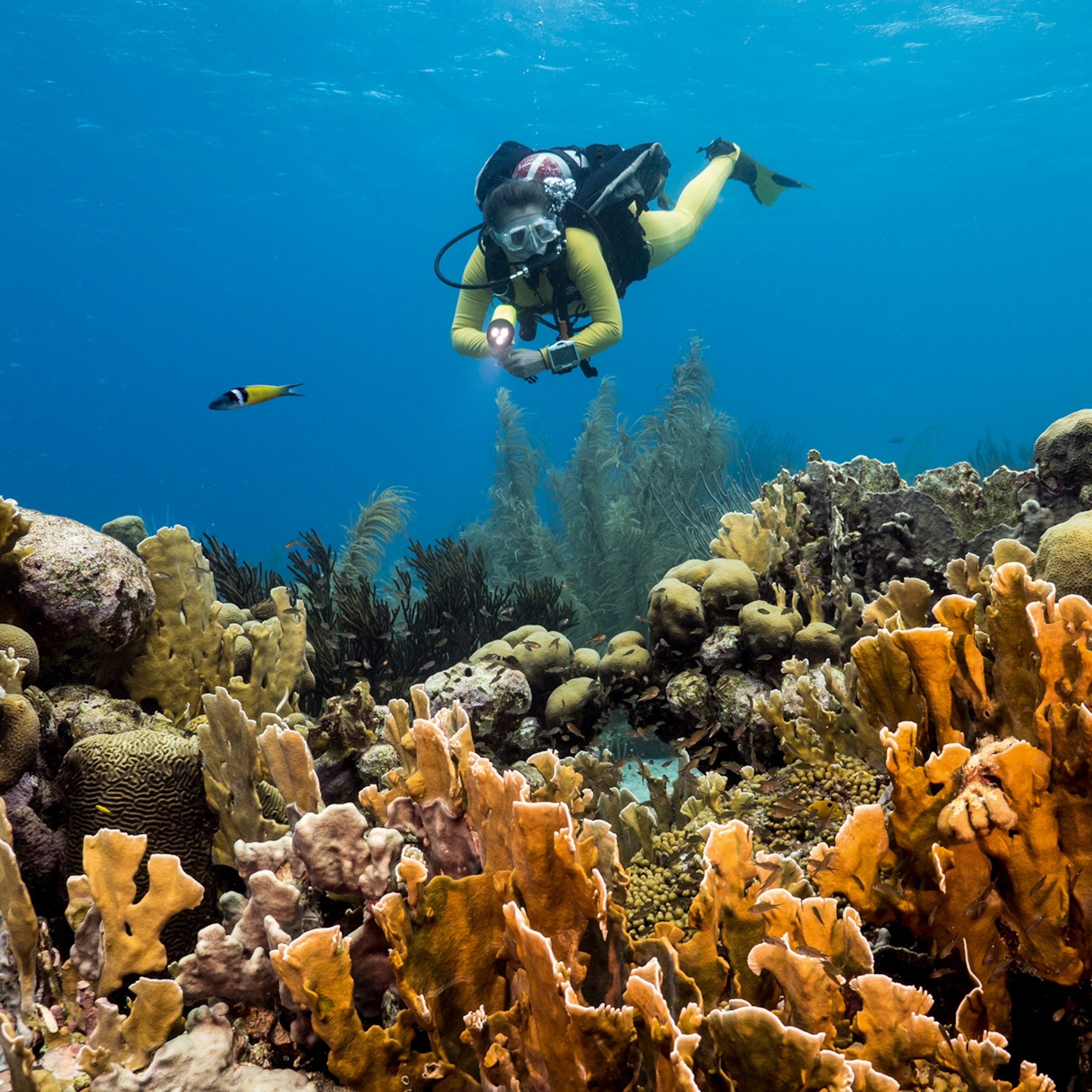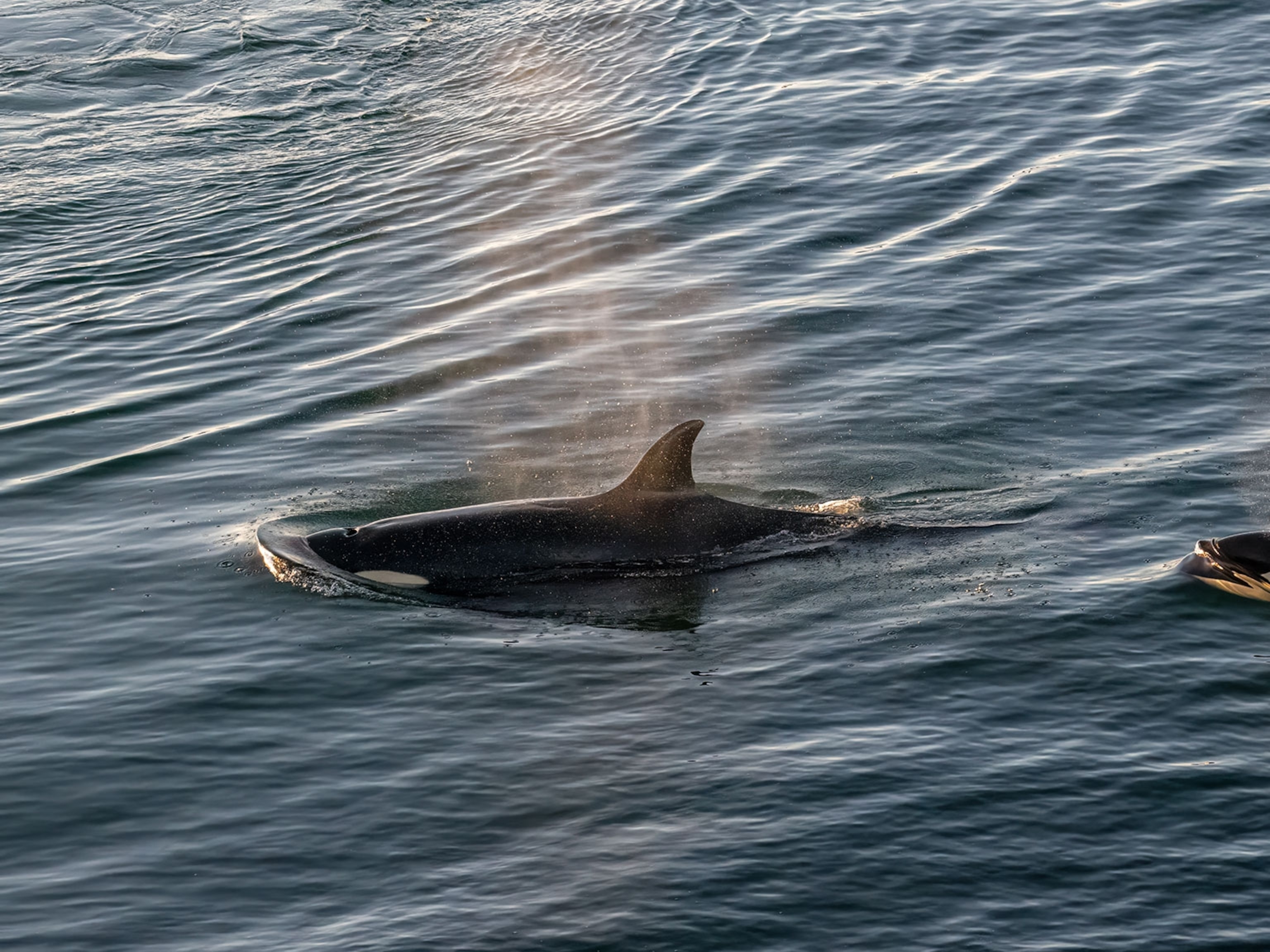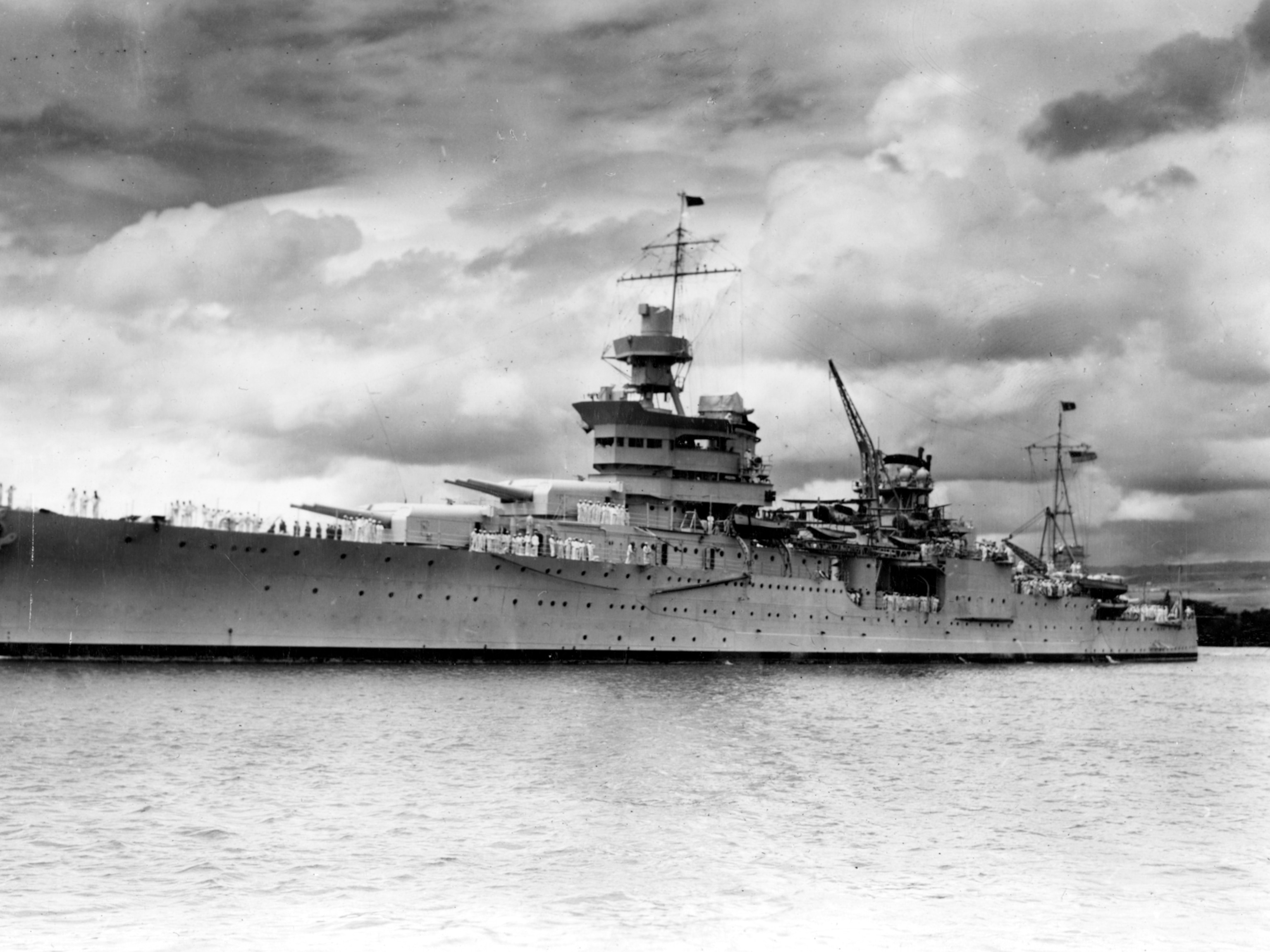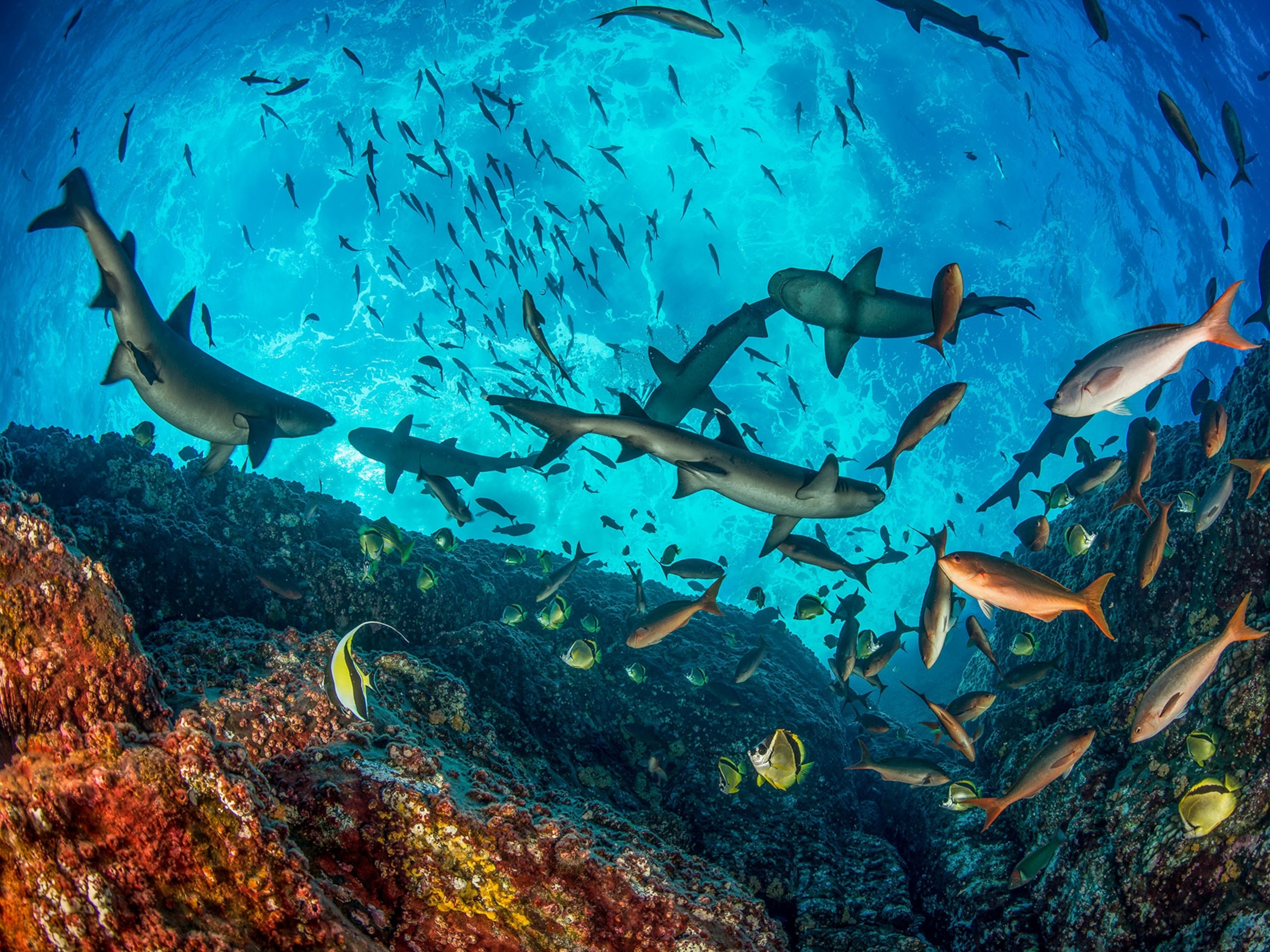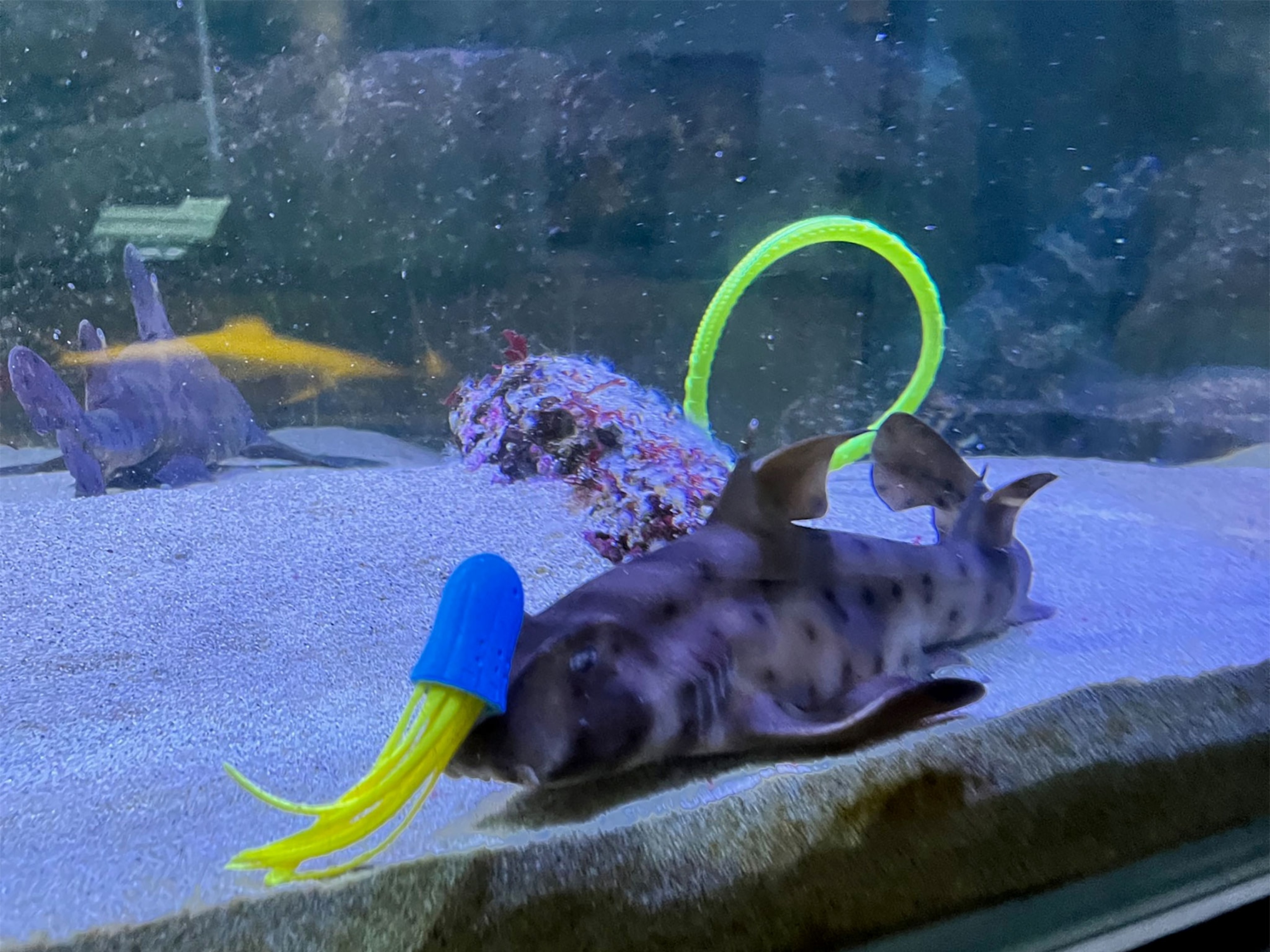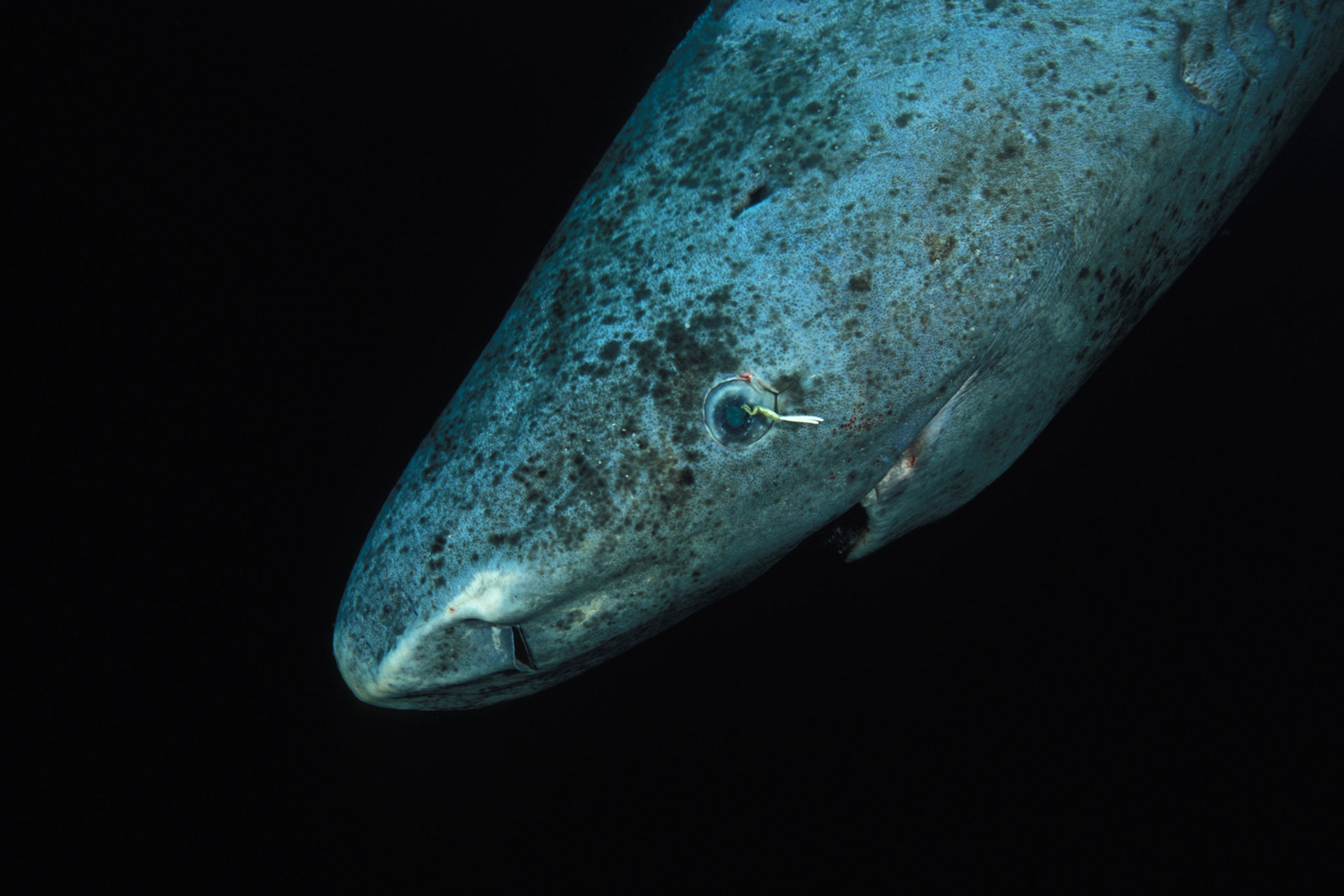
The Strange Quest to Catch a Massive Greenland Shark
Blind, toxic, and shockingly long-lived, these sharks live in the frigid depths of the ocean.
What makes two friends set off in a small, rubber boat in some of the world’s most remote and dangerous seas, to try and catch a massive Greenland shark? That’s the question that bubbles away beneath the surface of Shark Drunk, by Morten Stroksnes.
But this is not just a madcap adventure. With his partner Hugo Aasjord, Stroksnes plunges deep into the mythology, history, and culture of Norway’s northern seas.
National Geographic caught up with Strokesnes by phone in Berlin, where he explained what sharks have to do with dynamite, how the seas of northern Norway get to be so dangerous, and why catching a Greenland shark became his obsession.
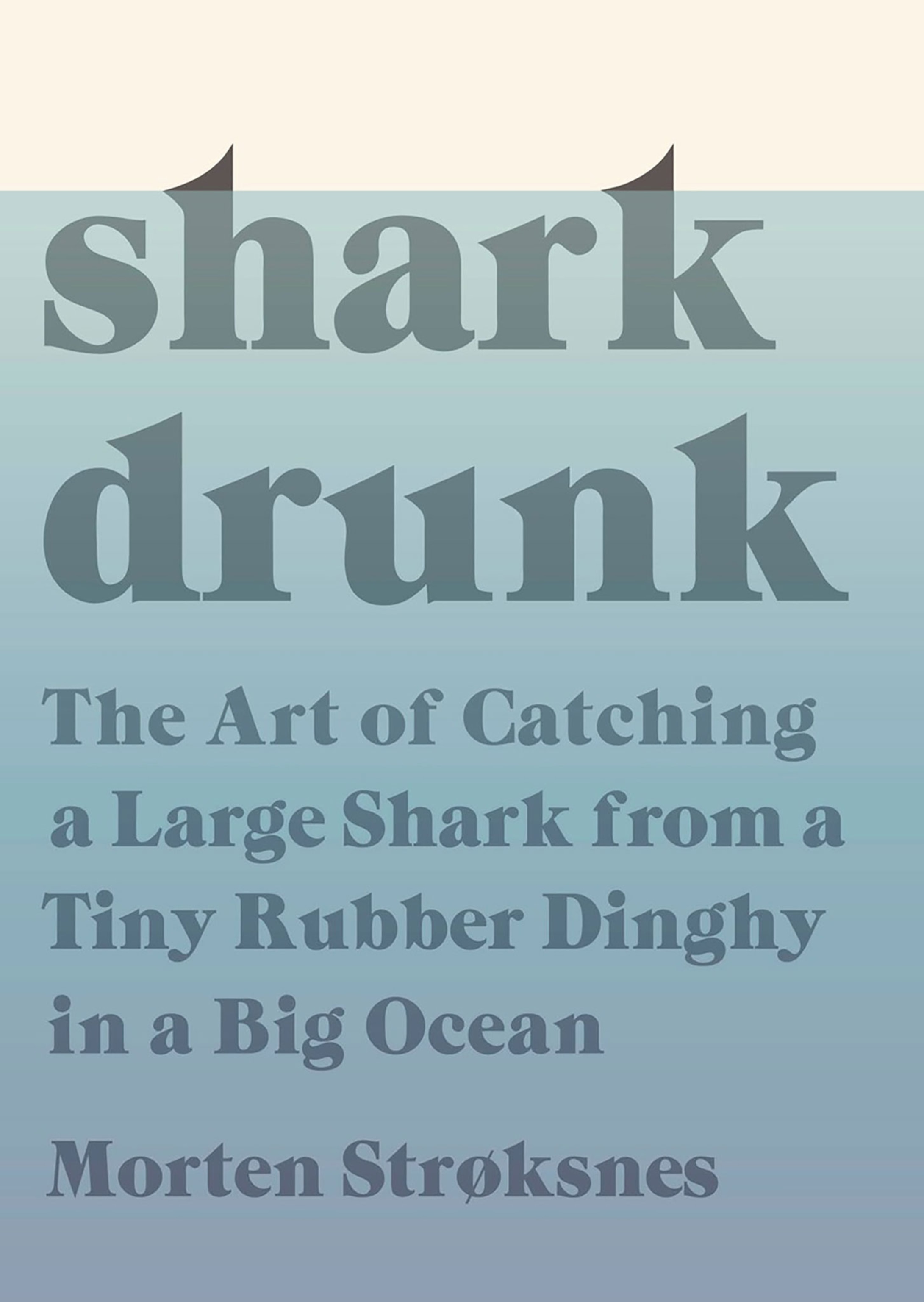
Explain the term “shark drunk”—and how it relates to your venture.
It’s a translation of an old expression from the north of Norway— hai full, literally shark drunk. Back in the old days, when people ate Greenland shark for want of getting something better, they risked getting shark drunk if the meat wasn’t treated the right way. They would get totally intoxicated, like on heavy drugs and need days to sleep it off. This effect comes from a nerve agent called trimethylamine oxide. It’s very potent stuff.
To make the meat edible, you have to let the blood drain out immediately after you’ve caught it. It also needs to be drenched in water for a long time. But even if you do it the right way, it’s disgusting. It’s the worst thing I have ever tasted! At first, it’s like dried haddock but then it turns into something very nasty and toxic, with a metallic taste, like atomic waste. [Laughs]
I managed to trace the word back to World War I. There was a sharp rise in the demand for Greenland shark—not because of the meat but because of the oily liver, which contains a chemical used in the production of nitro glycerine, or dynamite. There was loads of free meat around so people tried to eat it and got shark drunk. It also refers to our obsession. We get metaphorically shark drunk.
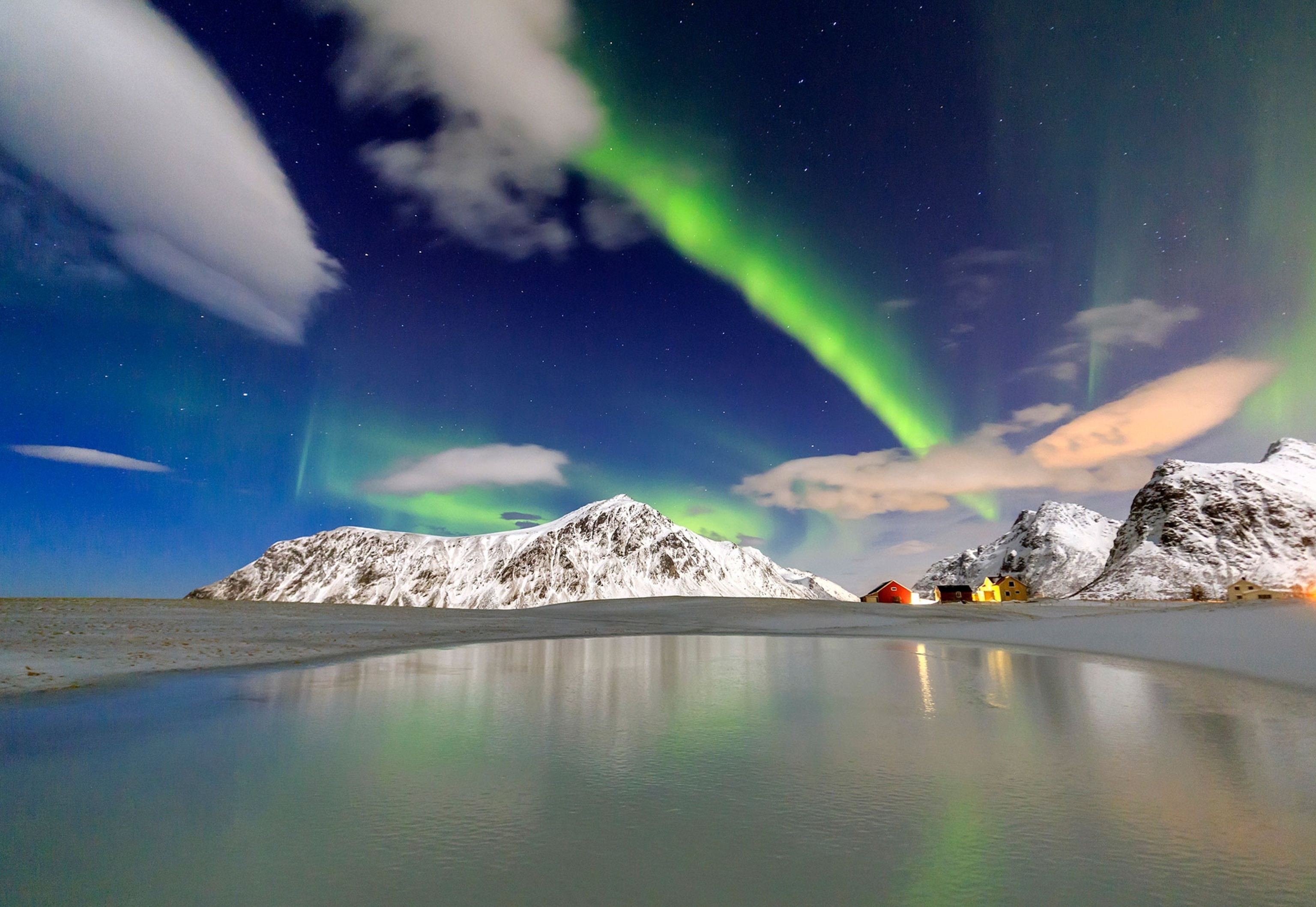
Your quest was to catch a Greenland shark. Introduce our readers to this fearsome creature.
It is a mysterious but also abundant creature, most common in the Arctic Sea, even under the ice cap of the North Pole. It can grow to 1,200 kilos [1.3 tons], and 8 meters long [26.2 feet], the size of a great white shark. It’s been around for hundreds of millions of years as a species. An individual Greenland shark can be almost 500 years old, making it the oldest vertebrate on the planet.
There hasn’t been a lot of research on this shark, maybe because it’s not of commercial interest. We know that the Greenland shark normally moves very slowly and it’s almost blind, due to a parasite in its eyes. So how come it’s able to catch much faster fish and mammals in the sea, like halibut and seals? How does it do it? What goes on down there in the icy darkness of the Arctic Sea with a Greenland shark?
I’ve trawled though all the science and literature I can find and the shark has a great history all the way back to mythological sources. The Inuit worshipped it. So it’s a rich, interesting creature to have as the main character in the book.
What made you come up with this insane idea? Had you just drunk too much aquavit?
[Laughs] You are not the first person to suggest that this must have been the case. In fact, Hugo doesn’t even touch the stuff. He hasn’t the stomach for hard liquor. He is a sculptor and painter, who was educated in Germany in his 20s. From childhood on, his entire life has been spent at sea in this region. As a boy, he learned how to handle a boat before he learned how to ride a bike. He’s approaching 65 and has fished for everything, including whales, and has experienced everything you can in these waters.
Except one thing: the Greenland shark. He heard his uncle, father, and grandfather talk about this beast, and it grew into an obsession. Then he met me and I plugged into that obsession, and we started to fish for it using old methods and primitive tools. We did it because of curiosity, which is the positive side. But killing something, just because it’s there? That’s the dark side.
Like Captain Ahab and the white whale?
[Laughs] It is a little bit like that. In fact, on our first attempt to catch it, on a beautiful summer’s day, the first thing we met was a sperm whale. I didn’t plan for us to meet the sperm whale but when it happened it made it natural to dive into Moby Dick, and the underlying philosophical themes in that book.

The action takes place in Vestfjorden, in northern Norway. Set the scene for us—and explain why that area is so dangerous.
It’s in the north of Norway, north of the Arctic Circle. It’s forever wedded to the archipelago of the Lofoten Islands, which are today world famous for their stark beauty. It’s a lot to do with the light there; the midnight sun in the summer and the northern lights in winter. I find it spectacular!
The waters outside Lofoten, especially Vestfjorden, are famous for their rich fisheries, all the way back to the first sources from the Viking era. The main reason for this is the winter cod fisheries, when the north Atlantic cod comes in from the Bering Sea to spawn in Vestfjorden.
But throughout history Vestfjorden has also been known for its dangerous waters. Strong currents and winds have made it a graveyard for fishing boats. I would guess more people have drowned there than anywhere else in Norway.
Describe your first trip—and how you set about catching the shark. Sensitive readers should look away.
We made trips through all four seasons, using different kinds of bait every time. In the summer, we used the rotten carcass of a Scottish highland bull. Because it had been lying there during the summer rotting, I vomited. If you have been unlucky enough to smell a dead person, it’s the same, disgusting smell. But it’s perfect for catching a Greenland shark. Being blind, the shark needs something smelly to attract it.
In our small boat, we had a net, 1,300 feet of nylon rope, and 13 feet of chain with a large shark hook at the end baited with the meat and knuckles of the Scottish Highland bull. Our methods were informed by old fishermen, who used to fish for Greenland shark in the 1950s.
Having dumped the carcass in the water, we left the area then returned the next day. By then it should have attracted a Greenland shark. That was our theory. And it did. We almost had the Greenland shark but we lost it because of the way I had attached the hook. It was too easy for it to get off. But I’m happy we didn’t succeed on the first attempt because then it wouldn’t have been a book. [Laughs]
Greenland sharks live in the region of the ocean known as “the deep.” Introduce us to some of the other amazing creatures that live there.
For a long time, scientists thought that the depths of the ocean, which is most of it, was totally devoid of life and completely dark. It turns out it’s the opposite. It’s absolutely pulsating with lights of different colors and strengths, because of the bioluminescence these animals produce. Huge octopuses eject clouds of light and turn themselves on and off, like gigantic Christmas decorations. The jellyfish Atolla wyvillei flashes thousands of blue lights, like a police car.
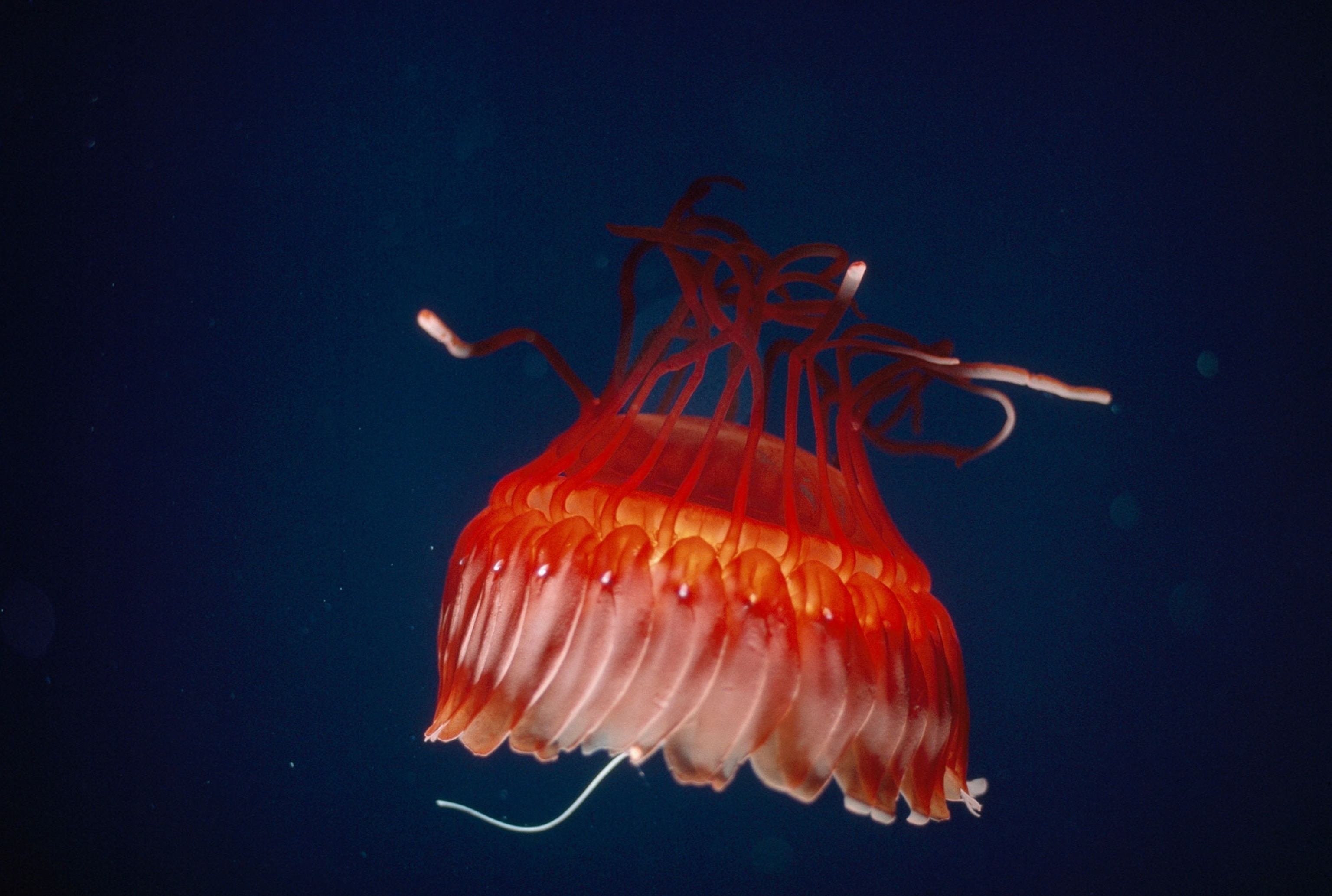
On your fourth attempt, you almost catch the shark, don’t you? Describe the moment it took the hook—and what you learned from this mad venture.
That was at the end of the spring session. There was huge excitement as it was approaching the boat. It took a long time to bring it in, because it’s very heavy. Sometimes it can drag the boat against the current for kilometers. We had more than enough on our hands just to hold the rope! On this occasion we were using a new method: a heavy fishing rod, which was physically connected to Hugo, so he was almost pulled overboard. I remember him shouting, “Where is the knife?” [Laughs]
We didn't catch it this time. But we are not done with the Greenland shark. I was on Skrova with Hugo a few days ago. A theatre ensemble has turned our story into a play and they came and performed it on Skrova. It was the largest theatre production there has ever been there, with lots of music and dance.
We were standing outside, looking at the sky, which was still light. Hugo turned to me and said, “Can you see that sky over there? It looks just like a Greenland shark, doesn’t it?” [Laughs]
This interview was edited for length and clarity.
Simon Worrall curates Book Talk. Follow him on Twitter or at simonworrallauthor.com.


